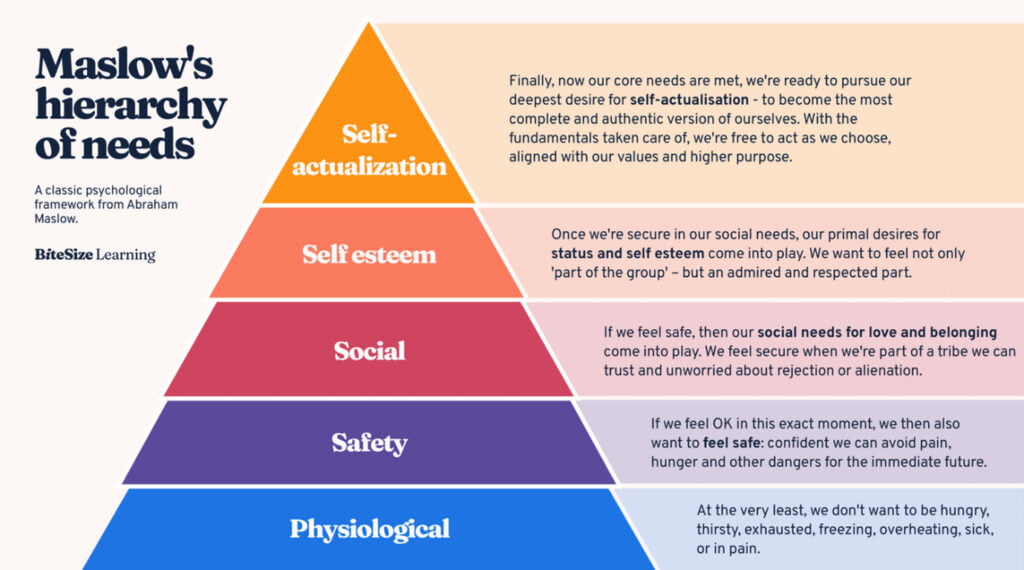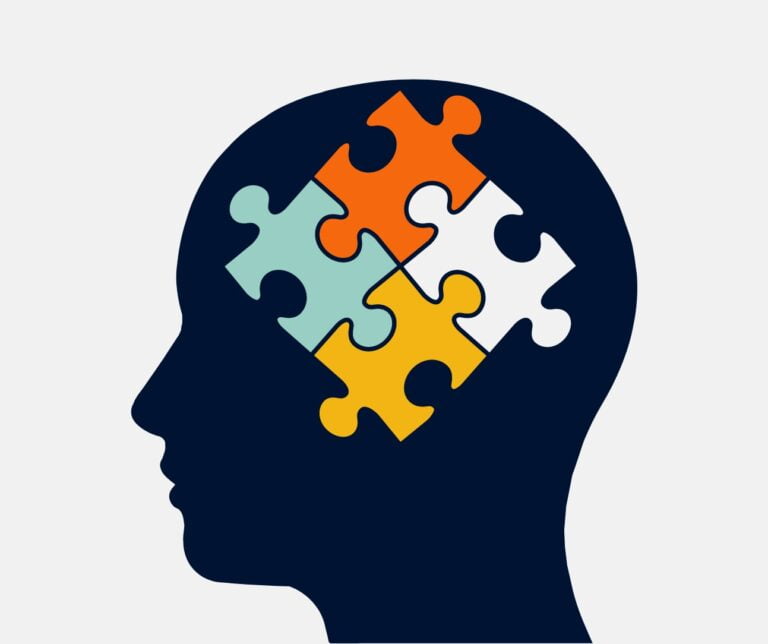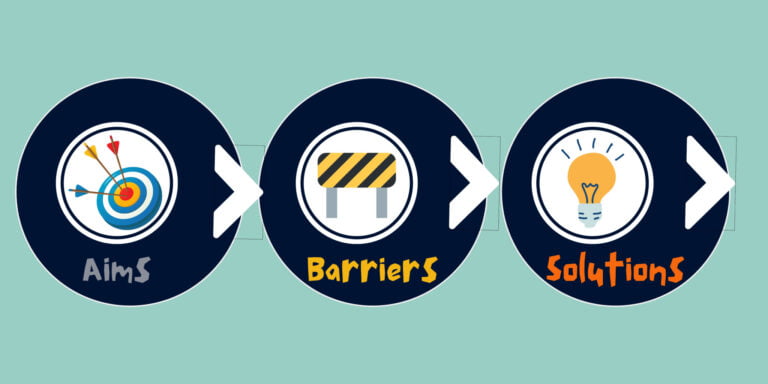We think we can speak for everyone when we say that we’ve all felt excluded at some point or another. And boy, can it hurt. The one place we adults spend most of our time i.e. work is where the importance of belonging, and community can often be overlooked.
At Enact, we aren’t keen on quick surface-level “fixes”. We prefer long-lasting and supportive solutions. It’s tricky to know where to start when cultivating a sense of belonging in the workplace. Not to worry though, we think we have some answers to help you get the wheels in motion to make your workplace a more inclusive and accepting place.
What does belonging mean?
The Cambridge Dictionary definition of belonging is, “a feeling of being happy or comfortable as part of a particular group and having a good relationship with the other members of the group because they welcome you and accept you. A sense of belonging is one of humanity’s most basic needs.”
We LOVE this definition because it highlights that it’s belonging is a fundamental need of humankind. We all crave connection in everything we do and if the workplace nurtures this and brings it to life, positive change can happen.
Why is belonging important?
“Belonging is the glue that holds your culture together”
Many people feel they can’t be their best authentic selves at work or must act in a certain way to “fit in”. Carin Taylor highlights in her Ted Talk on belonging that there is a difference between our best authentic selves and our whole selves. She gives the example that if she’s not happy on a Monday and feels like she could be mean, her colleagues shouldn’t have to experience that part of her.
Here are some stats to show why belonging is needed in the workplace:
CIPD ‘Neuroinclusion Report’ 2024
Only 38% of employees who completed the survey felt their organisation provided meaningful support to neurodivergent individuals.
Neuroinclusive workplaces minimise or eliminate the need for masking, which is key in helping neurodivergent workers and protecting their mental wellbeing.
The CIPD report also found that out of the employers taking some action to create a neuroinclusive workplace, “63% say they’ve seen a positive impact of doing so on employee wellbeing”. Similarly, “60% say they’ve seen a positive impact on employees’ level of comfort in talking about neurodiversity”, and, “59% said there is a positive impact on the level of appreciation of different thinking styles within the organisation.”
HR Magazine UK workplace data (2023)
Only 59% of black and Asian employees feel comfortable or confident speaking out without fear of repercussion, 32% claim they can’t share how they feel with their team, and 18% state that they don’t feel comfortable openly talking about their background. Further to this, when asked if they agree with the statement, “I feel like I belong here”, a positive response was received from 70% of white employees as opposed to 65% of black and Asian employees.
A Great Place for Work’s research in the US showed how positive the stats can be when employees experience a sense of belonging in the workplace:
Employees are:
- 3 times more likely to feel people look forward to coming to work
- 3 times more likely to say their workplace is fun
- 9 times more likely to believe people are treated fairly regardless of their race
- 5 times more likely to want to stay at their company a long time
They also found that more inclusive companies “grow revenue more than three times faster than their less-inclusive rivals.”
Fostering a sense of belonging in the workplace is key to the success and wellbeing of an organisation and its employees. Staff will feel more productive and committed to their work (short-term and long-term). They will be more inclined to stay with a company and contribute new ideas.
Happy employees = happy business
Address barriers and exclusion before addressing inclusion…
Exclusion can take many forms such as social exclusion (being ignored by coworkers or not being invited to employee social functions), condescension in meetings (from your boss or coworkers), mobbing (a group of coworkers exclusively targeting someone), serial bullying (a succession of bullying with different staff members as the victims) and cyberbullying.
Building belonging at work
Research by the Center of Talent Innovation conducted two surveys in 2020 to find the meaning of belonging in today’s workplaces. From their findings, they identified top ways which organisations can encourage belonging in the workplace. They highlighted the importance of senior leaders laying the foundation and setting the tone of inclusivity company wide. Mistakes that managers make can vary from having a tick-box approach to diversity to not providing thorough training on topics such as unconscious bias.
Staff also need to be able to see parts of themselves in their leaders and look up to them. Senior leaders should strongly embody company values, model inclusive leadership and connect with staff company wide. This is why it’s super important for organisations to continue to diversify leaders and implement DEI practices.
Enact’s four key areas of belonging
Belonging can often be overlooked in DEI training, which is why we are launching our brand-new, interactive belonging workshops which will:
- Explore and define the term ‘belonging’
- Identify behaviours that hinder belonging in our working environments.
- Workshop ways to maintain belonging through creating a positive culture with psychological safety.
We have identified four key elements that fit under the umbrella of belonging and are crucial in harnessing a sense of it. We will discuss these in our upcoming belonging showcases on the 16th of May. These are Psychological Safety, Change and Opposing Opinion, Wellbeing and Neurodiversity.
AM showcase: Belonging in the Workplace AM Tickets, Thu 16 May 2024 at 09:45 | Eventbrite
PM showcase: Belonging in the Workplace PM Tickets, Thu 16 May 2024 at 13:15 | Eventbrite
The showcases will demonstrate extracts from our interactive belonging series covering themes including:
- Creating an open and effective culture with psychological safety.
- Building stronger teams by understanding Neurodivergence.
- Driving innovation by working with opposing opinions.
- Keep going and prevent burnout by embracing Well-being
The highly interactive showcases will display video content of different scenarios in the workplace (filmed by our wonderful actors and technicians) which will activate discussions around each of the topics above. Participants will workshop ways in which they can make long-lasting and impactful changes in the company, whether they are leaders or another type of employee. The showcases and training programs are open to everyone.
Maslow’s hierarchy of needs
A strong DEI and belonging strategy keep employees motivated and engaged. Maslow’s hierarchy of human needs is a motivational theory in psychology that consists of five tiers. This model can provide helpful insights into what drives and motivates us, which can be applied to the workplace.
Note: The order of these levels isn’t completely fixed, as some may be more important to an individual than others.

The key idea, from the creator Abraham Maslow, is that lower-level needs must be satisfied before higher-level needs can become motivators.
All the tiers are relevant when fostering a sense of belonging in the workplace, particularly, social, self-esteem and safety.
What’s the opposite of exclusion? INCLUSION!
Let’s break it up:
I – Involve others in workplace decisions that affect their work environment.
N – No tolerance policies for behaviours that exclude colleagues (e.g bullying and harassment policies)
C – Community, compassion and connection (e.g bonding activities such as virtual hangouts and team building exercises, as well as groups such as LGBTQ+ support groups)
L – Lay the foundation for a safe workplace (leaders model the values of the organisation)
U – Utilise effective DEI models and practices
S – Share your shared goals – get employees involved in hared goals are the key
I – Individuality and authenticity are appreciated and celebrated.
O – Open up opportunities for growth and progression (e.g promotions and training programs)
N – Nurture and celebrate individuals’ talents and contributions (e.g awards or tokens of appreciation)
Additionally, Grace He highlights some brilliant steps. These include providing wellness programs, promoting employee resource groups, creating mentorship programs, addressing conflicts promptly, and establishing trust.
How do we measure belonging?
4 pillars of Belonging
The Centre of Innovation created a ten-point scale that measures belonging in the workplace, which is rooted in these four key elements:

Another way to measure belonging is through data collection. Throughout our training sessions at Enact, we have polling questions and feedback forms for participants to complete. These may be posed as questions or as statements that people rate. For example, “I feel that people accept me in my organisation” or “I feel like an outsider at work”. Therefore, it’s a great idea to do regular surveys to assess the sense of belonging in your organisation. We also offer impact surveys after organisations finish the training programs with us to check in and see how their employees are digesting and implementing the information.
We hope this blog has given you an insight into the importance of belonging at work. Make sure to sign up for our showcases on the 16th of May to dive deeper into the subject and follow us on our socials for exciting updates.
Zara Huxley
AM showcase: Belonging in the Workplace AM Tickets, Thu 16 May 2024 at 09:45 | Eventbrite
PM showcase: Belonging in the Workplace PM Tickets, Thu 16 May 2024 at 13:15 | Eventbrite
Sources:
PowerOfBelonging_KeyFindings-CTI.pdf
https://www.bitesizelearning.co.uk/resources/maslows-hierarchy-of-needs-theory
Belonging in the Workplace: What Does It Mean and Why Does It Matter? | Great Place To Work®
How to Create a Sense of Belonging in the Workplace (teambuilding.com)
The power of belonging: dissecting The Center for Talent Innovation’s latest research | Workstars
HR Magazine – New data explores inclusion and belonging in UK workplaces
2024-neuroinclusion-at-work-report-8545.pdf (cipd.org)
The impact of belonging, and the cost of exclusion – Bravely (workbravely.com)



